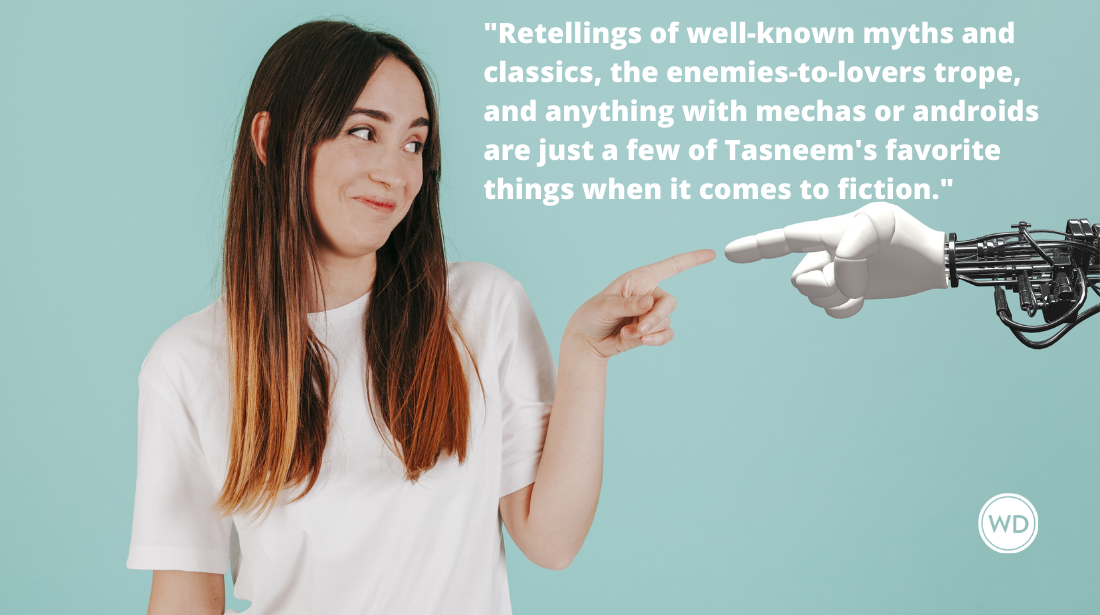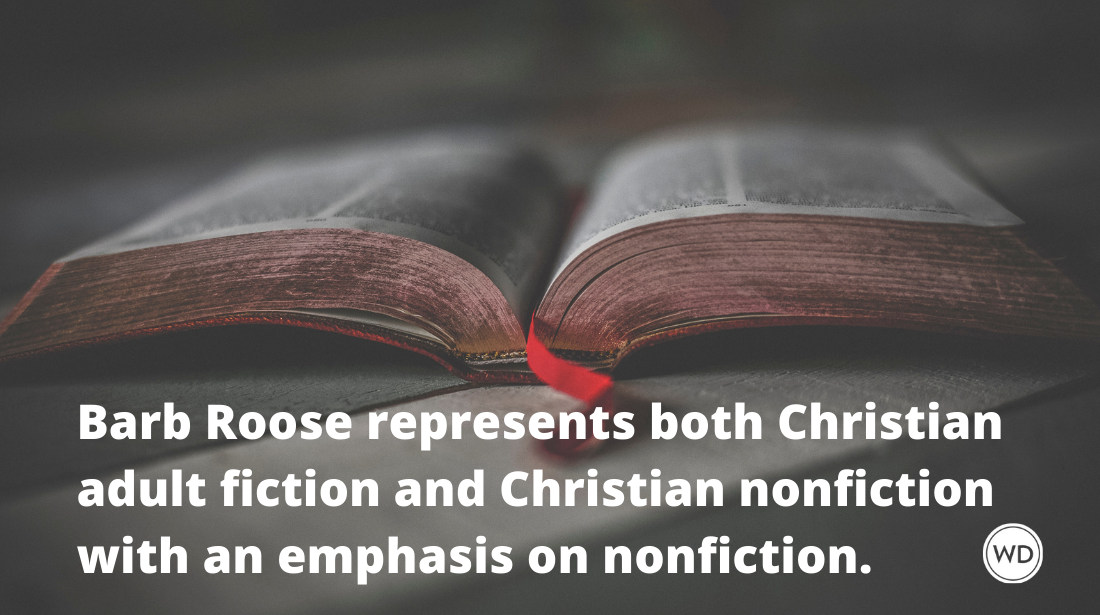To Text or Not to Text: How Much Should Technology Show Up in Fiction?
It’s obvious that technology in the last ten years or so has changed our daily lives to an extreme. Cell phones, Facebook, Twitter, texting…on and on the list goes, and it’s growing every day. The way we communicate has been utterly transformed. Face-to-face interactions have decreased, while gadget-to-gadget interactions have increased. What does all this mean for the writer? Especially regarding our characters, and the way they communicate with each other inside our stories?
It's obvious that technology in the last ten years or so has changed our daily lives to an extreme. Cell phones, Facebook, Twitter, texting...on and on the list goes, and it's growing every day. The way we communicate has been utterly transformed. Face-to-face interactions have decreased, while gadget-to-gadget interactions have increased. What does all this mean for the writer? Especially regarding our characters, and the way they communicate with each other inside our stories?
First, I think writers have to learn to walk the tightrope of not letting technology interfere too greatly with characters or plot, while at the same time being realistic with it. For instance, it would be unthinkable not to have a single mention of a character using a cell phone in a contemporary story. But how much technology is too much? Two main points worth considering, when it comes to characters and technology:
1) Character interaction is still better in person.
In real life: Let's face it. Technology has created a new level of social rudeness. People tapping on phones in movie theaters or libraries, talking as loudly as they please, ignoring the scowls around them. I went out to dinner with an old friend last year, and he spent about eighty percent of the meal texting someone else! I was too nice to call him out, but honestly, it was just plain rude. He was having at least three different conversations with people. But I was the last one on the totem pole, even though I was right there in front of him, live, and in person!
In fiction: When I have two characters out to dinner, I'm probably going to forgo the sad reality of people texting at the table and ignoring each other, and instead allow my characters an actual conversation, face-to-face. (The exception, of course, is if I want to show that a character is rude, and therefore, I might have him/her texting the entire time. But unless there's a purpose to technology being at that table, I'm going to push technology aside, to favor actual character interaction, no matter how old-fashioned it might feel).
2) Technology may hamper your plot choices and suspense.
In real life: Looking up a long-lost friend or sweetheart is as quick and easy as spending two minutes on an internet search or hopping on Facebook. Want to find that old boyfriend? Search for that long lost best friend you quit talking to in 1988? Just get online, do some quick searching, and voila!
In fiction: But what if I want a character's search for someone to be slow? What if I want to let it simmer over 200 pages, have a character wonder and wait and second-guess herself as she tries—in vain—to find that lost love? It's not realistic, in a contemporary story, to have her be out of touch with technology to the point that she doesn't even attempt an internet search. So, I have to get creative. Draw out the search. Have her look for that person online, but come up empty (that still happens, so it's in the realm of realism). Or, have her try and chicken out altogether. In order to create tension, to have the reader wonder if/when a reunion will ever occur, I might even have that lost love be untraceable.
Funny thing is, the inspiration for this blog post came from an old episode of Seinfeld. I watched an entire episode devoted to a movie theater fiasco. Elaine, Jerry, George, and Kramer were supposed to meet at the movies, but things got in the way. In a comedy of errors, cabs got stuck in traffic, movies sold out, and everyone ended up missing each other (and the movie!).
Of course, it took place in the early 90's, when cell phones weren't attached to everyone's ear. And as I watched the episode, what cracked me up more than the episode itself was that I kept thinking, "If the characters could just whip out a cell phone and call each other, they could've all met up at the right time and the episode would be over in about thirty seconds." In that case, a cell phone would've changed the course of the plot entirely!
Bottom line: Using technology or not using it in your novels is completely up to you. There's definitely a time and place for it in modern fiction (and, if it's ignored completely, it can make the story feel unrealistic). Even better, writers can use technology to their advantage, to make a plot more compelling and suspenseful. But that's a blog entry for another day...
Traci Borum teaches creative writing at the college level. She's written for Today's Christian Woman magazine, as well as the New Texas Journal. Currently, she's working on a women's fiction series. She also runs a writing blog.







